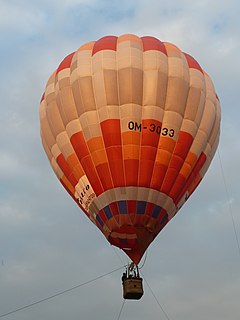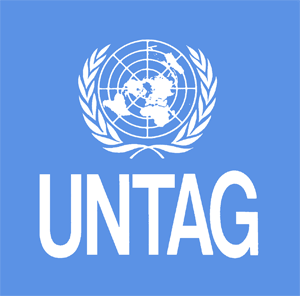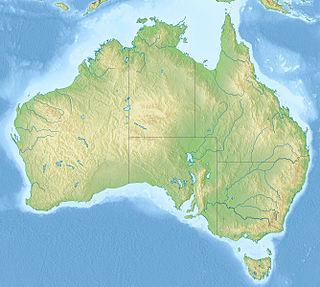 W
WSevere Tropical Cyclone Aivu was a powerful late-season tropical cyclone that caused extensive damage across parts of Queensland, Australia in April 1989.
 W
WOn 13 August 1989, two hot air balloons collided near Alice Springs, Northern Territory, Australia, causing one to crash to the ground, killing thirteen people. It was the world's deadliest ever ballooning disaster until February 2013, when a balloon accident near Luxor, Egypt killed 19 people. As of July 2016, it remains the deadliest ever ballooning accident in Australia, and the third-deadliest worldwide, surpassed only by the Egypt crash and a balloon accident in Texas in 2016 that left 16 people dead.
 W
WThe Australian Services Contingent was the Australian Army contribution to the United Nations Transition Assistance Group (UNTAG) peacekeeping mission to Namibia in 1989 and 1990. Australia sent two contingents of over 300 engineers each to assist the Special Representative of the Secretary General, Martti Ahtisaari, in overseeing free and fair elections in Namibia for a Constituent Assembly in what was the largest deployment of Australian troops since the Vietnam War.
 W
WThis is a list of local government areas (LGAs) in Victoria, sorted by region. Also referred to as municipalities, the 79 Victorian LGAs are classified as cities (34), shires (38), rural cities (6) and boroughs (1). In general, an urban or suburban LGA is called a city and is governed by a City Council, while a rural LGA covering a larger rural area is usually called a shire and is governed by a Shire Council. Local councils have the same administrative functions and similar political structures, regardless of their classification. The sorting of LGAs into regions is for presentation purposes only, and has no legal or administrative significance.
 W
WThe 1989 Newcastle earthquake occurred in Newcastle, New South Wales on Thursday, 28 December. The shock measured 5.6 on the Richter magnitude scale and was one of Australia's most serious natural disasters, killing 13 people and injuring more than 160. The damage bill has been estimated at A$4 billion, including an insured loss of about $1 billion.
 W
WSevere Tropical Cyclone Orson was the fourth most intense cyclone ever recorded in the Australian region. Forming out of a tropical low on 17 April 1989, Orson gradually intensified as it tracked towards the west. After attaining Category 5 intensity on 20 April, the storm began to track southward and accelerated. The following day, the cyclone reached its peak intensity with winds of 250 km/h and a barometric pressure of 904 hPa (mbar). Orson maintained this intensity for nearly two days before making landfall near Dampier. The cyclone rapidly weakened after landfall as it accelerated to the southeast. After moving into the Great Australian Bight on 24 April, the storm dissipated.
 W
WThe Timor Gap Treaty was formally known as the Treaty between Australia and the Republic of Indonesia on the zone of cooperation in an area between the Indonesian province of East Timor and Northern Australia. It was a bilateral treaty between the governments of Australia and Indonesia, which provided for the joint exploitation of petroleum and hydrocarbon resources in a part of the Timor Sea Seabed. The treaty was signed on 11 December 1989 and came into force on 9 February 1991. The signatories to the treaty were then Australian Foreign Affairs Minister Gareth Evans and then Indonesian Foreign Minister Ali Alatas.